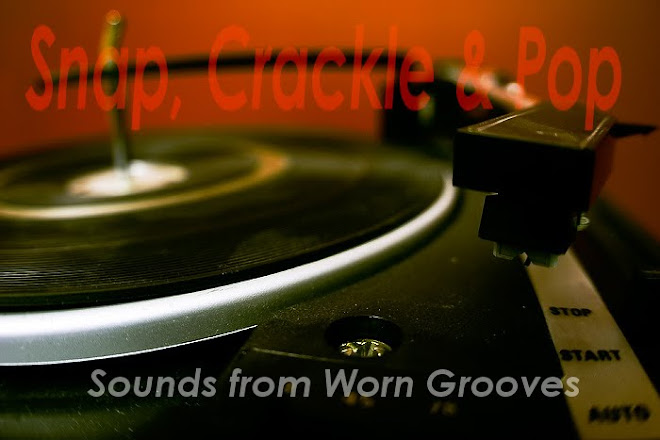
the distance from where it started to where it currently is) then when we look at the first derivative (by time) of displacement, (i.e. If we start by looking at the displacement of an object (i.e. The rate of change of the number of nuclei in a radioactive sample tells us how radioactive something is the rate at which the chemicals in a reaction change tells us how reactive something is and so on. Rice Krispies advertisements, like the one below featuring three brothers zipping around on flying saucers, tapped into the culture of the time.Physicists are obsessed by rates: how quantities change over time. Pow’s brief stint overlapped with Kellogg's sponsorship of the television program “ Space Cadet” with Tom Corbett. “He was always just sort of a footnote.and at that particular time, everything was space oriented.” “There's not much to Pow! It's mostly because of the internet that he's even known at all,” Hollis says. Many questions remain unanswered: Why did they nix the Pow! character? From a marketing perspective, perhaps the original three brothers sounded better in a jingle? And why was he from outer space? Tim Hollis, author of “ Part of a Complete Breakfast: Cereal Characters of the Baby Boom Era,” says it was common for children’s programs to include space-related characters at the time. The voice over continues: "Now Pow doesn't say much.he just goes ahead and does things.like putting power into every.lightweight spoonful of Kellogg's Rice Krispies!" The weirdest thing about the space-helmet-wearing elf? He doesn’t speak, he just points at things. "Pow means power and power's nice! Rice Krispies power from whole grain rice!,” the voice over announces. In both versions, Pow flies in on what the document calls a helicopter, but what looks like what we’d consider to be a hovercraft. These two scans of the original 1955 storyboard dug up from the Kellogg’s archives sketch out two versions of a 60-second commercial introducing the space-man: The spaceman character was meant to exude the ‘power of whole grain rice.’ He was never considered an official character.”
SNAP CRACKLE POP LOCK DROP TV
The company said in an email to, “ appeared in two TV commercials. Today you’ll find the oldest of the bunch, Snap! in a chef’s hat Crackle! the middle brother, with a knit beanie (hipsters rejoice!) and Pop! the youngest, tipping his marching band cap.įrom 1948 through the mid ’50s, the brothers sponsored the popular children’s program “The Howdy Doody Show.” But in early 1950, Kellogg’s marketers snuck in a fourth friend, Pow. But they didn’t look like the elves you see today-at first they resembled boyish gnomes and all three had chef hats, as pictured in this 1939 animated short: Grant referred to the trio as “my children.” Snap! appeared solo on the side of cereal boxes at first and was joined by his brothers in 1941.

(Later Kellogg’s worked with Leo Burnett Co., the same ad agency responsible for major characters like the Jolly Green Giant, Tony the Tiger, and the Keebler Elves).

The history of the three (and for a moment, four) Kellogg's pitchelves begins in 1928 when the cereal first hit shelves and was marketed on radio programs for the way they “merrily snap, crackle and pop in a bowl of milk.” When artist Vernon Grant heard one of the jingles, he sketched a creature for each sound and sent his work to an ad agency in Philadelphia which was handling the Kellogg’s campaign at the time. Lost in the shuffle, however, was a fourth Rice Krispies elf named Pow! His short life is a time-capsule of an era when everyone was dreaming big. In the years after that, the trio has withstood the influx of cartoon competitors like the Trix Rabbit, Lucky the Leprechaun, the Cookie Crisp thieves, Cap'n Crunch and many more. You’re familiar with the elves, Snap! Crackle! and Pop! Their onomatopoetic names match the very cereal they’ve repped since the ’30s-Kellogg’s Rice Krispies.


 0 kommentar(er)
0 kommentar(er)
